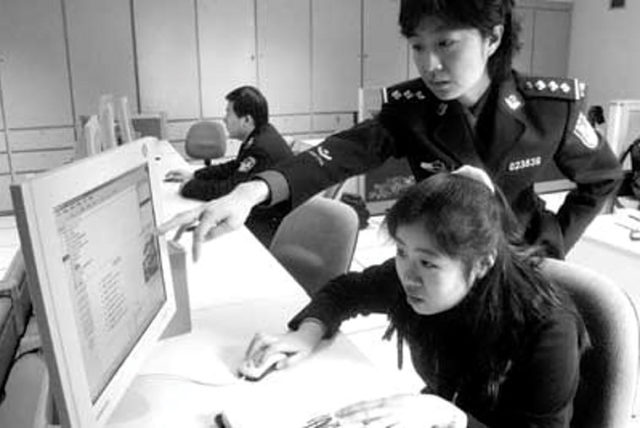
Thirty-seven percent of government microblog accounts are managed by Public Security organs.
Photo: Charles Hope
In March 2013, the E-Government Research Center of the Chinese Academy of Governance (Guojia xingzheng xueyuan dianzi zhengwu yanjiu zhongxin 国家行政学院电子政务研究中心) published the 2012 Chinese Government Microblogging Estimates Report (2012 nian Zhongguo zhengwu weiboke pinggu baogao 2012 年中国政务微博客评估报告). The report says that the Chinese government operated a total of 113,382 microblogs — an increase of over 80,000 from 2011. The jump marks a sea change in the government’s approach to the platform, from censorship and regulation to active participation and direct engagement.
Although government microblogs in 2012 did not conform to a set standard, exhibiting great diversity in content and quality, a few trends emerged. According to the report, the Chinese government frequently used microblogs to announce news in real-time, enabling it to interact more fluidly with citizens and companies. The report also notes the rise of microblogs by individual officials such as Luo Chongmin, a member of the College Work Committee of the Yunnan Provincial Party Committee. Luo frequently posts about grassroots educational issues, college entrance exams and other topics of interest to ordinary citizens. Government organs are also increasingly using Weibo to release information about weather and traffic emergencies and natural disasters such as the 2012 flood in Beijing. Notably, the type of government organ most active on Weibo is Public Security: thirty-seven percent of all government microblog activity is carried out under the auspices of the police.
Distribution of Microblogs by Party and Government Division
Traffic and Railways 5%
Meterological organs 3%
Judicial organs 2%
Industry and Commercial 1%
Sanitation 1%
Education 1%
Public Security 37%
Party Committees 12%
News and Propaganda 10%
Group Supervision 9%
All levels of Government 7%
Tourism 7%
Other 5%


